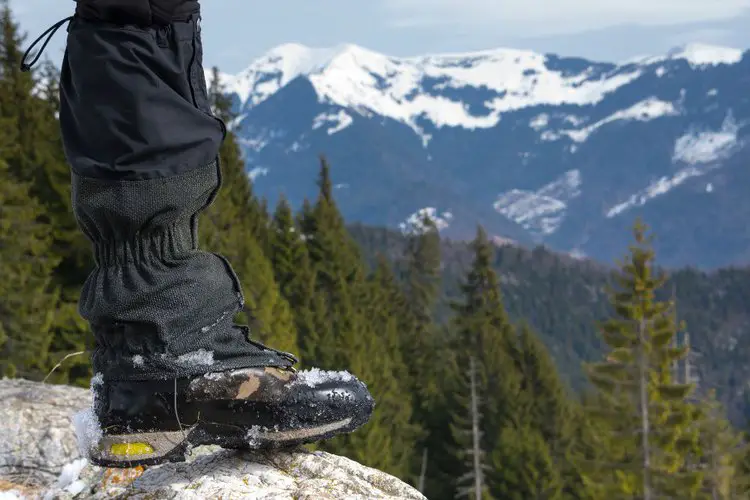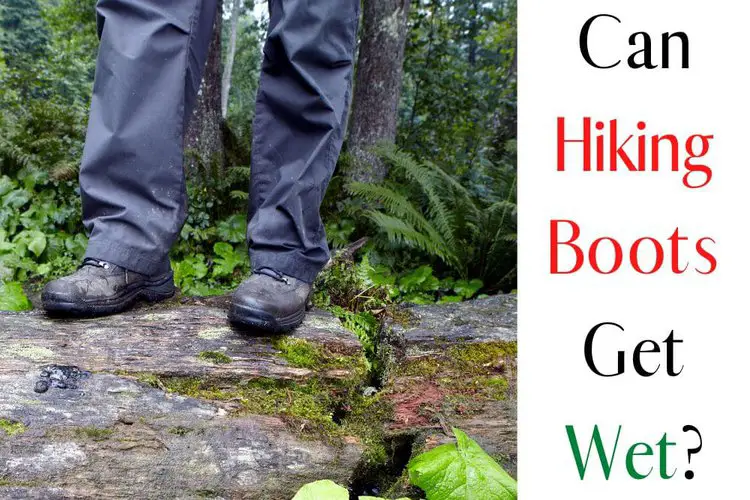It is undeniable that during hiking trips, facing large puddles, small rivers, or sudden rains is nothing new.
But they always bring a lot of trouble for the hikers. And one thing to solve those problems is wearing a pair of hiking boots.
However, many people are still worried about the water resistance of hiking boots. Many people wonder if hiking boots can get wet.
Well, many hiking boots on the market are waterproof, but not all of them are. Hiking boots get wet can make your feet heavy during the trip, leading to foot fungus, or your feet move in the boots causing loss of balance or forming blisters.
Today’s article will provide all the information you need to know before making a decision.
Let’s check it out!
Can Hiking Boots Get Wet?
A lot of hiking boots on the market today come with excellent waterproof performance. However, you need to remember that not all boots are like that, they can still get wet, and so can you.
Besides, many pairs of hiking boots after a period of use gradually lose their waterproof ability. So if you buy old hiking boots, chances are that their water resistance has also weakened.
You might think that leather hiking boots are water resistant, but that’s not the case. Most leather hiking boots have a combination of mesh or rubber, so there will be holes for water to get in. So if bootmakers say the boots aren’t waterproof, trust them.
Another case that you may encounter is that waterproof low-cut hiking boots may not protect you against water as well as you think. The reason is that those low-cut hiking boots lack a tight-fitting padding collar, so water can still get in through the collar.

In general, to make sure your feet and boots don’t get wet, consider buying boots that are clearly marked as waterproof in the product description by the vendor.
Also, just to be sure, read the reviews of previous buyers if you buy online, they often have very detailed product reviews. I’m sure they’ll mention the waterproof feature of the boots.
If your hiking boots are old, no matter how waterproof they used to be, you should check them again to make sure if they can get wet. It’s very simple, just pour a bucket of water into your boots.
When buying hiking boots, you should choose mid-cut or high-cut ones with padding collars. This ensures your ankle has a snug fit and water won’t get inside.

There are many products on the market today that support waterproof boots, you may need them. Quite a few waterproof sprays can work with boots made of fabric, mesh, leather, or synthetic.
But you should keep in mind that these are only supporting products, they can make the boots water resistant to a certain extent against rain or small puddles. So if you’re jumping into a river or bathing in heavy rain, don’t expect your boots not to get wet.
Conclusion
Walking boots getting wet during the journey not only make us uncomfortable, but they also add weight to each step, causing loss of balance or forming blisters. It is such a disaster for any hikers!
So, if you are going to face wet, rainy land, make sure your hiking boots are truly waterproof. Because not all hiking boots are waterproof and they can get wet, be cautious!
Hiking boots should be guaranteed by the manufacturer and previous users to be water resistant. Besides, they should have padding collars and have a mid-cut or preferably high-cut collar. Carrying a waterproof spray with you may also be a necessity.
It’s everything you’re looking for!

